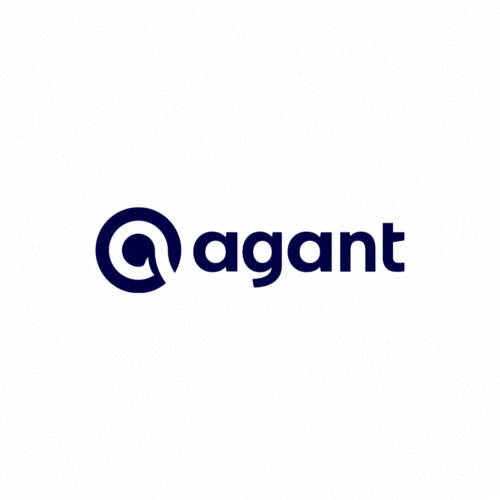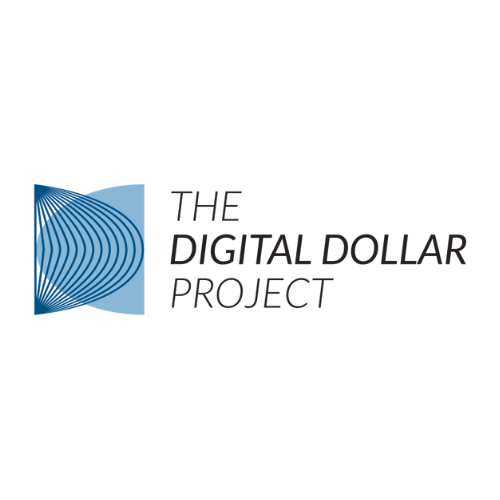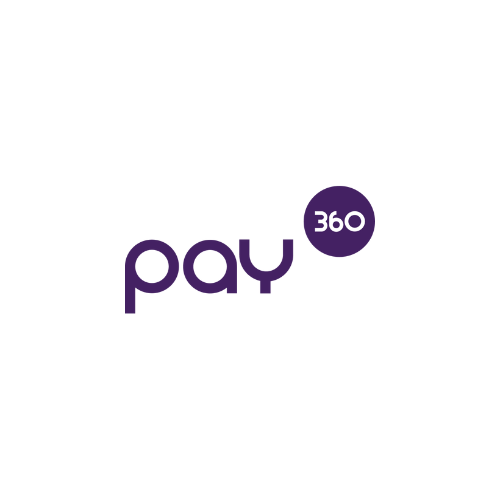Author: Claire Conby, Operations and Innovation Lead at the Digital Pound Foundation and Co-founder of OneStep Financial – with thanks to Phil Kenworthy for his input into this article (and for the waving of the £5 note!)
A few weeks ago, I was sitting on a panel talking about the evolution of digital money and what we can expect in 2024. Whilst the core focus of the conversation was on developments in the policy space – there has been a lot happening over the last 12 months with plenty more to come – I was representing the other side of the coin. From the perspective of users, businesses and commercial stakeholders – what do Central Bank Digital Currencies (CBDC) and new forms of digital money mean in the real world?
I’m not understating the importance of getting it right from a political – and geopolitical – perspective. There is no doubt that there are significant policy drivers and motivations for enabling the growth of new forms of digital money, in the form of a well-designed digital Pound, and more specifically a CBDC. These drivers vary according to specific jurisdictional needs. However, with over 95% of central banks exploring CBDCs it is no surprise that the UK is doing the same.
What we can’t lose sight of, nevertheless, is that in order for a potential CBDC to be a success, there need to be compelling use cases if the general public are to opt for a CBDC as their payment mechanism of choice, particularly if they are already satisfied with what they use currently. Something needs to persuade them to change their behaviours.
In the Digital Pound Foundation’s Use Case Working Group, we have brainstormed what those compelling use cases might look like and it always comes down to the same question – “but does this offer the user something over and above what can be achieved today?”. To me, the instinctive answer is clear – this is all about opportunities to innovate. Offering new functionality and capabilities will be essential in order to motivate take-up.
But as I expressed my views regarding innovation whilst on the panel, I was acutely aware of one of the DPF Board Directors subtly waving a £5 note to catch my attention. I realised that I had been getting carried away with my passion for new forms of digital money to innovate in financial services as we know them today, and that there were indeed other angles to consider when asking the question: ‘why do we need a digital Pound?’.
With ever-increasing speculation about a ‘cashless society’, recognising a digital Pound as a digital form of physical cash puts the need for a CBDC into a different context. Indeed, we frequently hear about bank branches and rural ATMs closing, or pubs, restaurants, charities and shops going cashless. It seems only sensible to think about how those who either prefer to use cash, specifically seek public money or are otherwise excluded from mainstream financial services, are impacted by an ever-increasing digital economy.
For CBDCs in particular, this is an important consideration. Physical cash is backed by the Bank of England and, as public money, therefore carries a lower risk compared to private money issued by commercial banks. Why should people seeking a digital form of money be forced down a route of higher risk when they need cash (or indeed a cash equivalent) by necessity, choice or as a store of wealth (even if they receive zero interest on their deposits)? What happens if the financial services provided by the commercial banks aren’t available to them? Isn’t it only fair that people have the choice of a digital form of government-backed money if they so desire?
Perhaps this is the answer. It isn’t all about innovation; it’s about choice. The Access to Cash report and the later cash census report show that – as of today – the UK is not ready to go cashless and that 10 million adults in the UK would struggle to cope in a cashless society. In a world where the acceptance of cash is declining and digital innovation continues to thrive, it feels like a digital Pound is a necessity to avoid a worsening of financial exclusion. Whilst the Government is committed to protecting access to cash, the same is not true for cash acceptance by consumers, businesses and local governments.
For those who are in a position to choose the form of a digital Pound to use, whether or not the preferred form is in a public or private form will depend on the user. The level of innovation offered in either space, could, of course, influence that decision, as might availability to the user (onboarding criteria, for example access to a CBDC wallet with thresholds applied may require a simpler due diligence approach). Or it may simply come down to a desire to use a form of money that shares as many attributes as possible with “cash” with widespread acceptance in an easy to use digital form thereby minimising the risk of digital exclusion.
This then takes us to another piece of the puzzle – how to incentivise those who are less interested in public money to use a CBDC? If the central banks and the underlying Payment Interface Providers don’t offer a strong enough motivator (potentially achieved through innovation but, of course, in competition with the private sector; possibly discounts for paying in CBDC or enhanced functionality around the transaction) then we are back to the core use case being practicalities for the underbanked and a CBDC as simply a digital form of physical cash as we know it today.
The level of uptake for CBDC or other new forms of digital money may well depend on the extent to which it would be implemented as a layer of choice, for those who are currently banked and digitally included; out of necessity, for those who are financially excluded and cash dependent but are faced with a waning of cash acceptance; or an opportunity for innovation.
If one of the former, and the form of money shares the same characteristics as physical cash without adding anything new, then the uptake could be relatively modest; if the latter, the appetite to innovate and compete with(in) the private sector will be the key determiner of success.



































































